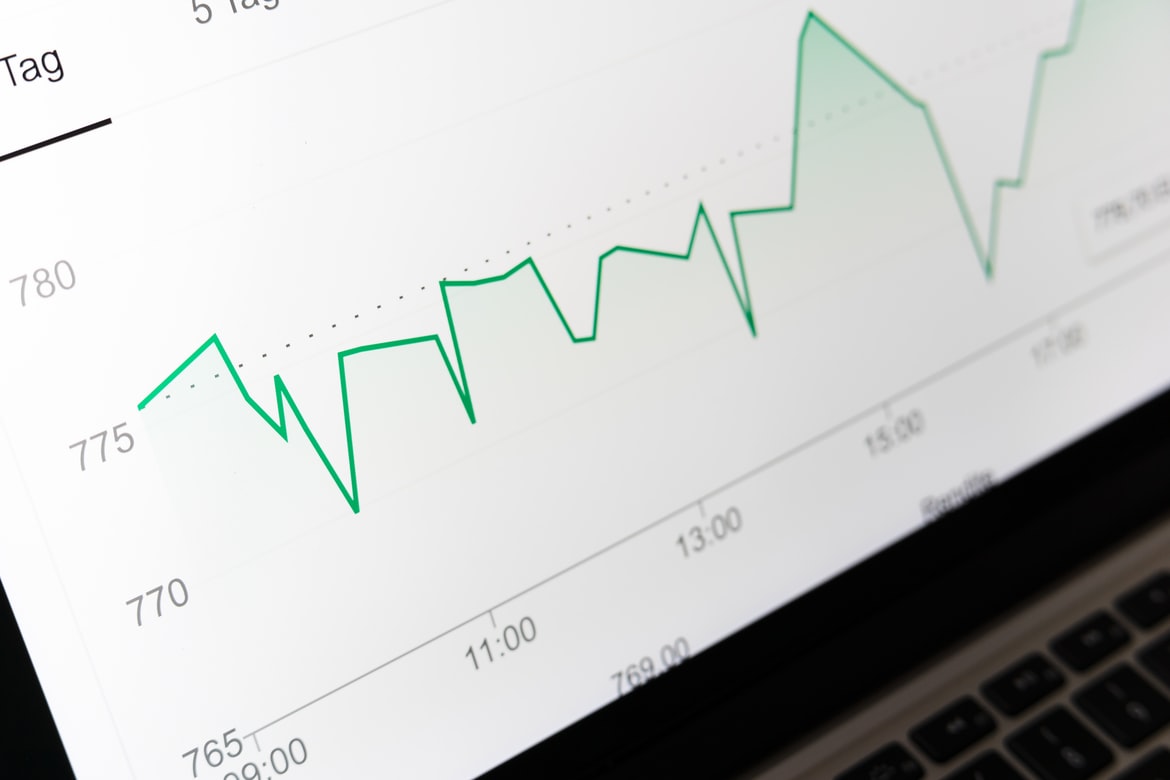If you run a technology or consumer packaged goods (CPG) company and you need an infusion of venture capital (series A / B) to take your business to the next level, one of the biggest questions on any potential investor’s mind will be: How financially healthy is the company?
Before an investor makes a multi-million dollar bet on your business, they’ll need to feel confident in the financial health of the organization. To assess your company’s financial health, most investors pay careful attention to (in one way or another) three key financial ratios:
- Cash ratio
- Debt-to-equity ratio
- Gross profit margin
By ensuring that each of these ratios are trending in the right direction, you can increase your odds of attracting the capital you need to grow your high-tech or CPG company. An experienced finance and accounting partner like Simple Startup can help you develop and analyze these critical financial ratios.
Cash Ratio: Can You Meet Your Short-Term Obligations?
Does your business have enough cash or cash equivalents on hand to pay your short-term obligations? That’s a question any potential investor will ask—and one that the cash ratio can answer.
The cash ratio provides you and your investors with a good indication of how well you can cover your short-term expenses with only the cash or cash equivalents you have on hand. It’s considered a conservative measure of your liquidity and financial health because it assesses your ability to meet your short-term obligations based solely on your cash flow. In other words: If you were forced to cover all your short-term expenses today, could you do it without taking out a new loan or selling assets?
Cash ratio is calculated as:
[Cash + Marketable Securities ] ÷ Current Liabilities
Cash and marketable securities include only your most liquid assets, such as funds sitting in bank accounts, money market accounts or money market fund accounts (where your bank offers higher interest on your cash in return for investing your funds in safe short term securities). Marketable securities can also include direct ownership in public stocks or bonds, although an early-stage company isn’t likely to invest its funds directly in the stock market. The cash ratio doesn’t factor in assets like your accounts receivable or inventory and since inventory values can be high for CPG companies, that’s an important distinction to note.
Current liabilities include anything you owe in the next year or sooner—for example, your accounts payable and any short-term debt you’ve taken on.
Ideally your cash ratio should be close to even, or a value of 1. What happens when that value is less than or greater than 1?
- If your cash ratio value is less than 1, it means you wouldn’t have enough cash on hand to meet all your short-term obligations if you needed to pay them immediately. A low cash ratio value may mean you’re relying too heavily on incoming sales to pay your current bills or you’re not being aggressive about collecting on your accounts receivable.
- If your cash ratio value is greater than 1, it means you have more than enough cash to pay your short-term obligations, which means you have high liquidity. But that’s not always a good thing. In fact, it could mean you’re holding onto too much cash instead of deploying it effectively to grow your business. Investing your available cash in efforts like developing new products or expanding into new markets will provide a much better return than letting your cash stagnate in a bank account.
If you run a CPG company with multi-channel distribution, including e-commerce, you may find it especially difficult to gain an accurate picture of your cash flow and cash ratio, along with your e-commerce P&L, which makes it harder to understand your total financial picture. Yet, the increase in online shopping has made this holistic analysis important as it helps you understand margins across the business, spot improvement opportunities, and make informed investment trade-offs.
Debt-to-Equity Ratio: How Solvent and / or Leveraged is Your Company?
When investors analyze your debt-to-equity ratio, they’re determining your company’s leverage and hence longer-term solvency—that is, your ability to pay your long-term debt using the equity in the business. The debt-to-equity ratio shows investors the degree to which your business is leveraged.
While there are several ways of computing this ratio, the most useful version is to express long-term debt as a percent of total equity. It focuses only on the long-term financing, both debt and equity, and it is meaningful for examining the long-term leverage. Total equity includes both preferred equity and common equity.
Debt-to-equity ratio can therefore be calculated as:
Long Term Debt ÷ Total Equity
There is no hard-and-fast rule for what your debt-to-equity ratio should be, although that figure tends to vary based on your industry and method of calculation. High-tech companies typically have lower debt-to-equity ratios, averaging about 0.5 or 50%, since they often prefer to finance their growth by providing investors with significant equity in the business in return for capital. On the other hand, CPG companies tend to have higher debt-to-equity ratios, averaging about 2.0 or more, because they tend to rely more heavily on debt to finance their growth.
If your debt-to-equity ratio is higher than industry averages, an investor may pause before committing capital to your business. A high debt-to-equity ratio increases the risk that the cost to finance your operations will outweigh the returns you achieve on investing that capital, especially in the current rising interest rate environment. In the worst-case scenario, you could go bankrupt before you’re able to turn a profit and pay off your debt.
Gross Profit Margin: Are You Generating Appropriate Profit From Your Sales?
Investors like to see steadily increasing revenues. But while it’s important to show growth in sales, it’s equally important to demonstrate that your sales are generating adequate profit. Gross Profit Margin (aka Gross Margin) is the financial ratio that helps investors understand if you’re in acceptable ranges of profitability for the products you’re selling and your industry.
Gross profit margin is calculated as:
[Net Sales – Cost of Goods Sold] ÷ Net Sales
Net sales includes your gross sales minus any returns, credits, discounts, or other allowances you’ve provided to your customers.
Cost of goods sold (COGS) only includes expenses that are directly related to producing your products and services. The cost of raw materials, the labor to produce a product, and the related manufacturing overhead are examples of expenses that go into COGS. However, COGS does not include any general overhead unrelated to producing your goods or indirect costs like selling and distribution expenses.
The specific components of COGS tend to differ by company type.
- In a technology company, costs like the following are included in COGS and not considered operational expenses (OPEX): application housing / monitoring, customer support / account management for the delivery of your technology or service, and the costs of software platform maintenance to ensure your technology / service is always functioning. The specific types of COGS will depend on whether you’re primarily selling hardware or software solutions.
- In a CPG company, costs like the following are included in COGS: raw materials that go into making the product, the manufacturing labor to assemble the product, packaging costs, and lastly, any freight costs related to the creation of your finished goods inventory.
High-tech companies tend to have higher gross profit margins than businesses in other industries, especially those that require significant upfront costs to produce their products. For example, if you run a business that develops software or video games, you’ll need fewer raw materials and a smaller workforce to produce your product than a car manufacturer would.
By contrast, if you run a CPG company then you may have a lower gross profit margin than businesses in other industries, simply because it takes more raw materials to produce your products, which increases your COGS.
How to Get Your Ratios in Order and Be Ready for Investors
Before you begin the vital (and complex) process of raising capital to fuel the growth of your high-tech or CPG company, you need to ensure you can provide investors with the financial ratios they’ll be looking for when evaluating a business. The right financial partner will know what investors are looking for when evaluating a company’s financial health and will be experts at developing appropriate management and investor reporting.
Financial modeling, cap table forecasting, and various budgeting services can help you determine how much you need to raise at each funding round as well as how much dilution will unfold. Key performance indicator (KPI) management based on investment-ready accounting solutions can help you prepare investor-ready reports that can make the difference in a competitive fundraising market.
Book a call with Simple Startup to learn how we can build your financial foundation and help drive future growth.





